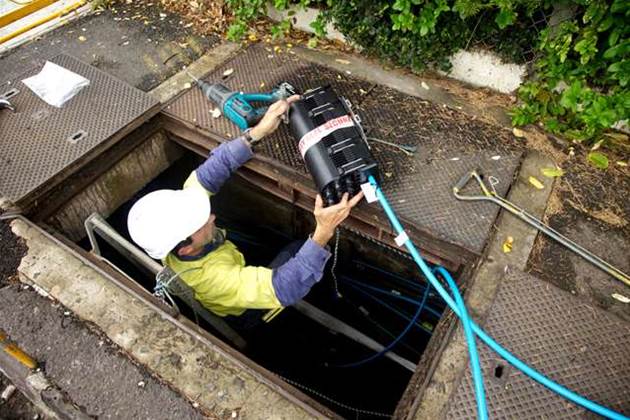NBN Co missed its fibre-to-the-curb rollout numbers by almost half in the last financial year.

The network builder had forecast having 300,000 premises in the FTTC footprint ready for service by the end of June in its year-old corporate plan.
But figures released by the company late last week show the company managed 174,161 FTTC premises ready for service, 58 percent of its target.
Of those 174,161 FTTC connections that were saleable, retail service providers managed to sign on and activate 3977 users between March 2018 (when the network launched) and June.
It’s unclear how the company tracked on its activations since the last corporate plan simply had a target of “0.0 million”, meaning the number was either somewhere less than 100,000 or simply zero.
iTnews lodged questions with an NBN Co spokesperson to clarify the activations target.
The missed FTTC numbers appear to confirm rumours within the industry that the FTTC rollout has fallen behind schedule.
The extent to which that is - or isn’t - the case will become clearer on Friday August 31, when NBN Co is expected to release the next version of its corporate plan.
A year ago, the company had been expecting to have 900,000 FTTC premises declared ready for service by the end of FY19, making up 90 percent of its then-planned footprint.
But in April this year, NBN Co added 440,000 premises that had been meant to get HFC to the FTTC footprint instead.
That boosted the total planned FTTC footprint to 1.5 million, and the new corporate plan will show how this extra build is to be distributed, as well as whether NBN Co will drop its targets back for FY19.
NBN Co CEO Bill Morrow said on an earnings call last week that the company had an additional factor to contend with in the FTTC build - the deployment of G.fast technology, which makes FTTC theoretically capable of gigabit speeds.
“We are close to ending the testing phase and will shortly install our first G.fast enabled DPU [distribution point unit] on this FTTC network,” Morrow said.
“We will be one of the first operators in the world to take this step on FTTC.
“The vast majority of the 1.5m premises on the FTTC network to be G.fast enabled by 2020.”
NBN Co has previously said that G.fast would be targeted at business users first, where NBN Co is hoping to boost its revenues.
However, Morrow said that as with DOCSIS 3.1 - which NBN Co brought to the first HFC premises on its network this month - gigabit speeds would be a future product offer.
“We will not be offering these ultrafast speeds on the FTTC network just yet,” Morrow said.
“The consumer demand just is not there at this point in time, but on FTTC and HFC we will have the ability to make those speeds available in the future when the demand does come.”
The next corporate plan is also expected to answer long-running questions around the financial impact of the HFC sales freeze on NBN Co, as well as why NBN Co drew down $2.6 billion less than anticipated from its federal debt facility in the past financial year.


_(20).jpg&h=140&w=231&c=1&s=0)

.png&h=140&w=231&c=1&s=0)
_(22).jpg&h=140&w=231&c=1&s=0)



_(26).jpg&w=100&c=1&s=0)

 iTnews Executive Retreat - Security Leaders Edition
iTnews Executive Retreat - Security Leaders Edition












_(1).jpg&h=140&w=231&c=1&s=0)



